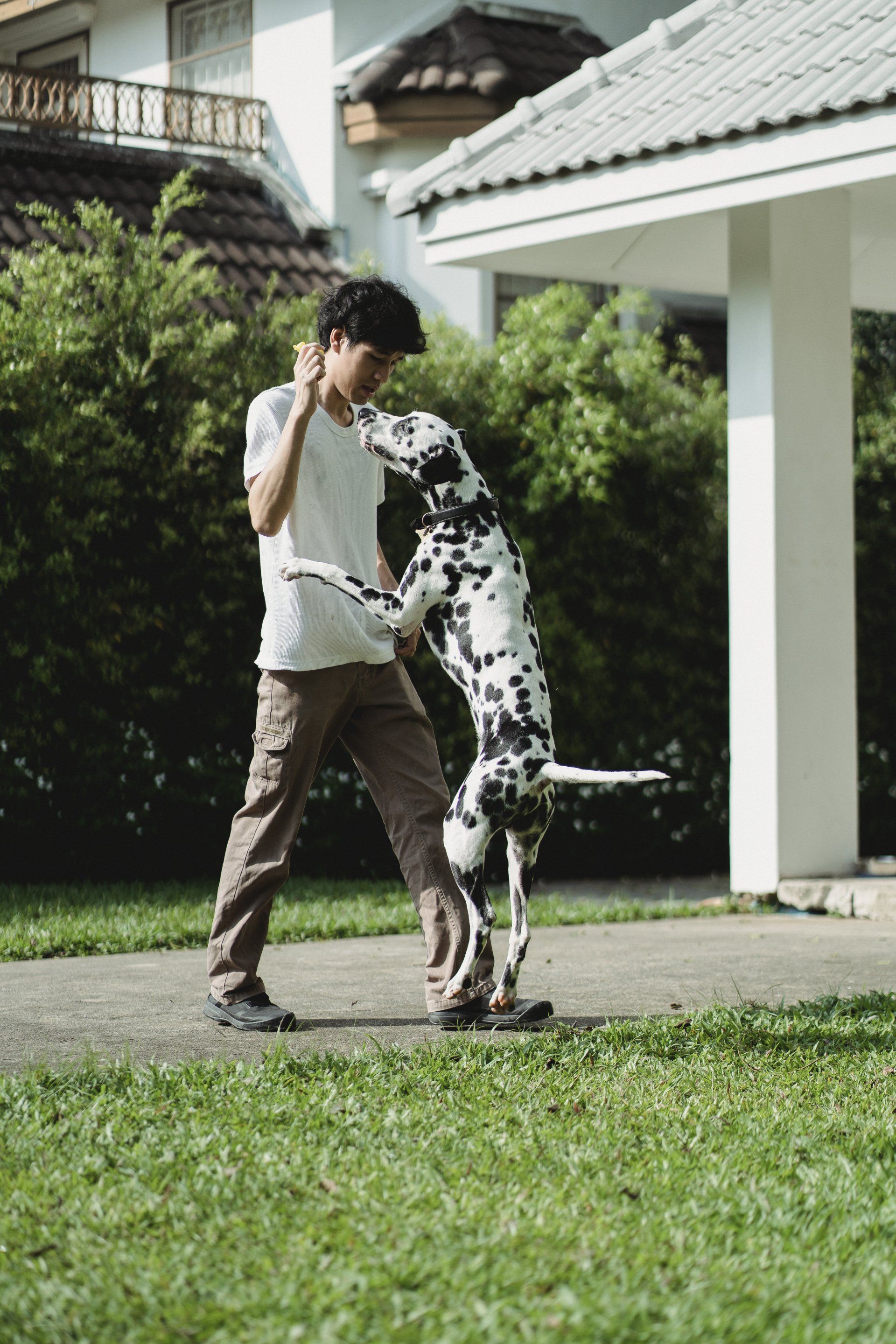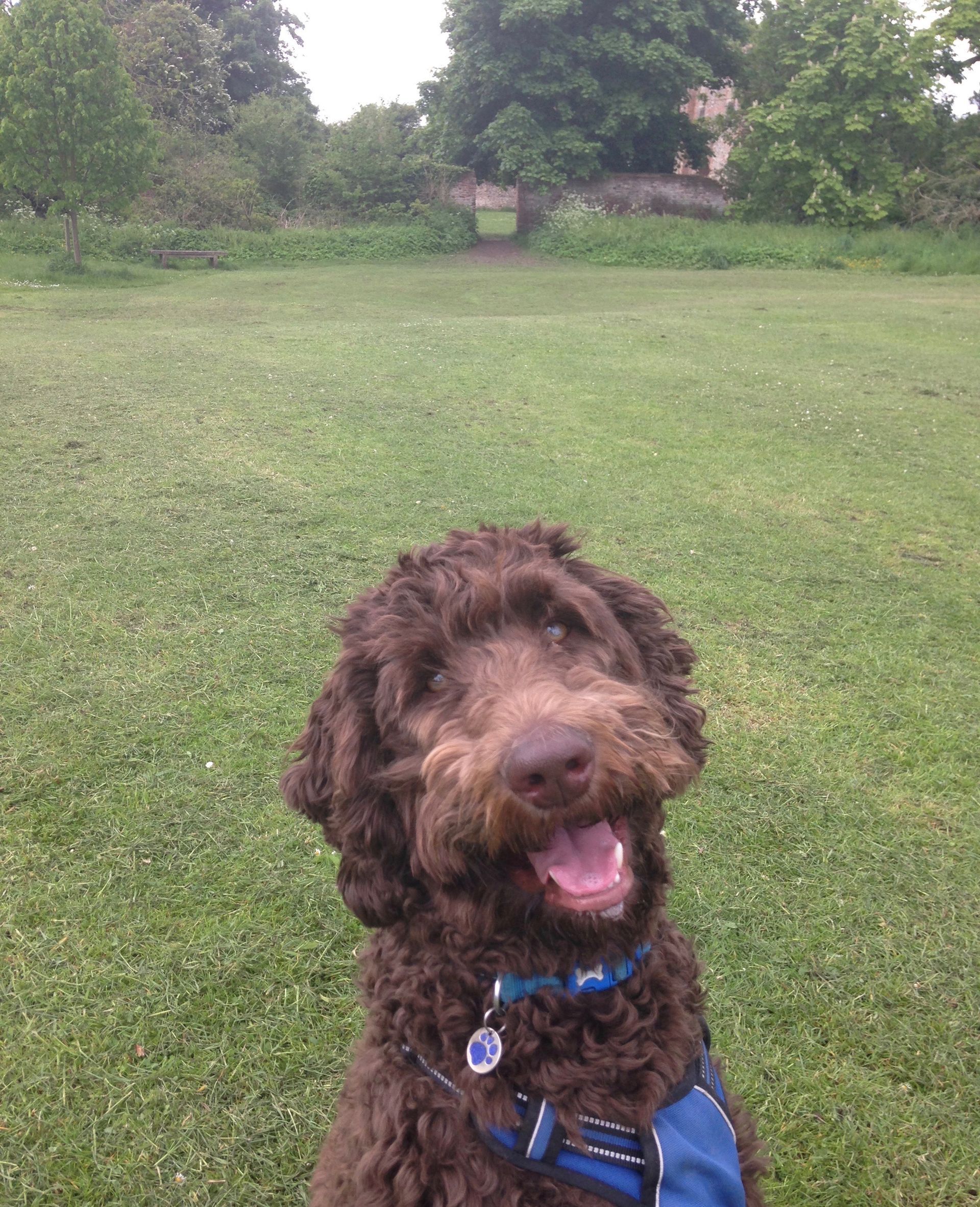Mounting/humping behaviour
The low down on mounting behaviour

Humping/mounting behaviour can be painful especially if the dog has long nails. I've known a few humpers in my time! It can be more severe on people with thinner skin such as the elderly or children. Depending on the size and height of the dog, it can be dangerous for pregnant women especially. In this blog we will talk about what it is and what it can look like.
What is it?
This is when a dog places their front two legs around another animal, person or object. They then stand on their back legs.
What can cause it?
A dog can do it when they are playing with each other, during mating, if they are over excited or are trying to gain attention.
It is NOT a way of a dog exerting their dominance.
A dog may feel stressed or anxious.
Female dogs can also engage in this behaviour. It is not just intact male dogs (dog’s who have not been castrated). All dogs, those who have been neutered and those that haven’t can mount.
How can you prevent it?
Try and minimise the interactions with people/other dogs that result in this behaviour being practiced.
Sometimes pushing a dog down, giving them eye contact and speaking to them can result in them repeating the behaviour as they are getting attention for it, therefore minimising the chance to practice it is important. If the triggers cannot be removed then redirecting your dog or training them to do something else is sensible so they are not practicing it.
Look at what is happening in the environment when it occurs. Take a look at this 3 step guide
- What happened before (who, what, where)
- What did the behaviour look like and was it towards another dog/human/something else
- What was the outcome? Who responded and how did they respond?
Medical diagnosis
If a dog is mounting for a reason that involves sexual reasons they may have hurt themselves/caused irritation so a vet trip is needed.
Factors that may contribute to it
If the reason a dog is mounting because they are intact then castration may help (however if it has been learnt, if they are stressed or anxious this won’t help . If a dog has practiced this behaviour for a pro-longed period it can take longer to extinguish/ completely stop.
There are lots of considerations to take into account when neutering including the emotional status of your dog, their age and effects on neutering on their growth. Chemical castration is an option for some dogs.
If you’d like to find out more about anything we discussed in the blog, you can book a call (40 minutes is £45).
References
Horwitz, DF (ed.) 2018, Blackwell's Five-Minute Veterinary Consult Clinical Companion : Canine and Feline Behavior, John Wiley & Sons, Incorporated, Somerset. Available from: ProQuest Ebook Central. [13 April 2023].

























